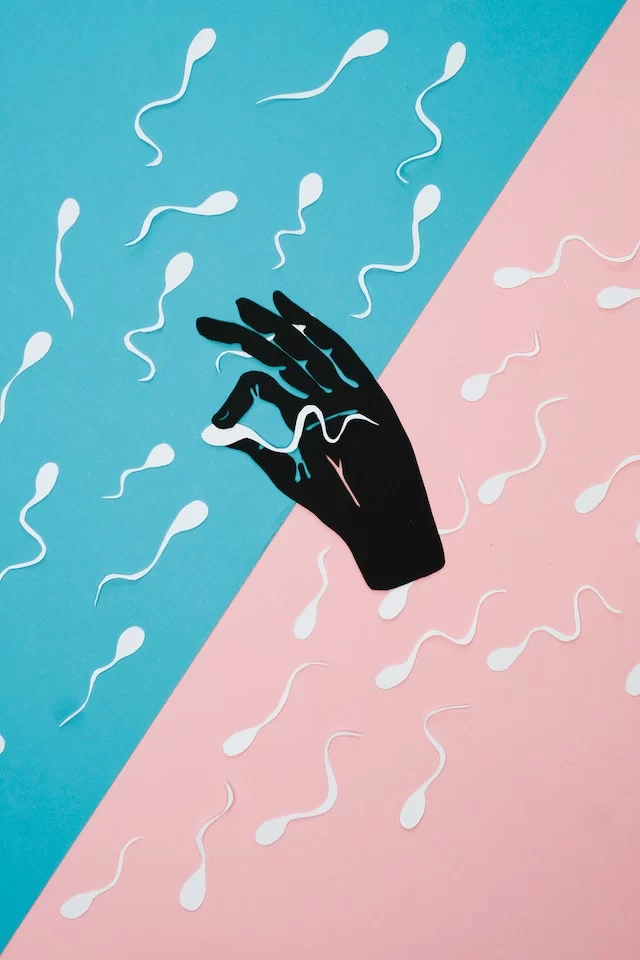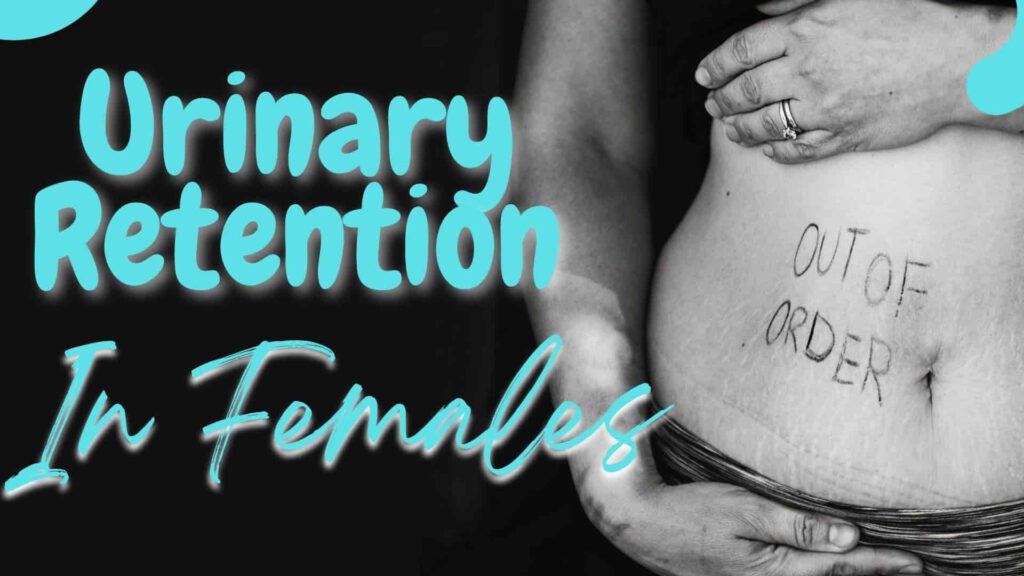Table of Contents
Introduction.
In vitro fertilization (IVF) is a technique for assisted reproduction in which a woman’s eggs and a man’s sperm are joined outside the body in a lab dish.
A woman’s uterus may be used to deliver one or more fertilized eggs (embryos), where they may mature and implant in the uterine lining.
It is uncommon for IVF treatments and procedures to cause serious problems. But every medical procedure carries some risk. This article discusses the most common dangers associated with IVF for mothers and babies.
Birth Defects.
Infertile patients have a slightly higher risk of birth abnormalities than the general population, with a rate of 2%–3%. The main reason for infertility and the delay in conception cause the majority of this risk.
Whether IVF alone is to blame for birth abnormalities is still being researched. However, there may be a higher risk of birth abnormalities when intracytoplasmic sperm injection (ICSI) is used in conjunction with IVF.
ICSI may raise the likelihood of faulty sex chromosomes (X or Y). It is unclear whether these hazards are brought on by the ICSI process itself or issues with the sperm.
Chromosome abnormalities are more common in men with defective sperm and can be passed on to offspring. These illnesses are incredibly rare, though. With IVF, the risk of rare genetic diseases known as imprinting disorders may slightly increase.
Miscarriage and Ectopic Pregnancy.
The risk increases with the mother’s age, and the rate of miscarriage following IVF is comparable to the rate following natural conception. The miscarriage rate of women in their 20s and 40s can range from 15% to more than 50% respectively.
With IVF, there is a modest risk of an ectopic (tubal) pregnancy (1%), but this rate is comparable to that of women who have previously experienced infertility. A woman may receive medication to stop the pregnancy or surgery from removing it if an ectopic pregnancy develops.
If you are pregnant and haven’t had an ultrasound to confirm that the baby is in the uterus, call your doctor right away if you suffer a sharp, stabbing pain, vaginal spotting or bleeding, dizziness or fainting, lower back pain, or low blood pressure (from blood loss). All of these indicate a potential ectopic pregnancy.
After IVF, there is a 1% chance of having a heterotopic pregnancy. This occurs when one embryo implants and develops in the uterus while another embryo does the same in the fallopian tube, resulting in an ectopic pregnancy at the same time.
Most heterotopic pregnancies necessitate surgery (to remove the ectopic pregnancy). After the tubal pregnancy is removed, the uterine pregnancy can typically continue to develop and expand safely.
Vision Problems.
Visual disturbances can happen following a cycle of clomiphene or gonadotropin stimulation, even though they are relatively infrequent in IVF patients.
A patient’s eyesight may be impacted by visual diseases, including afterimages or palinopsia (phosphenes). This issue arises from elevated estrogen levels connected to sudden changes in the visual system.
Gynecologists and infertility specialists should inform their patients about these potential side effects so that they are aware of vision issues because, in extremely rare circumstances, long-term damage may take place.
Multiple Pregnancy.
The likelihood that you will give birth to twins or multiples, sometimes known as multiples, increases due to IVF. Additionally, IVF with multiple pregnancies is linked to fewer difficulties compared to giving birth to a singleton. Identical twins are more likely to experience premature birth, low birth weight, and congenital abnormalities than singleton IVF births.
Ovarian Hyperstimulation Syndrome (OHSS)
Drugs used in fertility treatment purposefully cause the ovaries to generate more eggs than they normally would. The ovaries are critically overstimulated in OHSS. Although it can happen with Clomid and gonadotropin therapy, it happens more frequently during IVF treatment.
The majority of OHSS instances are minor, although severe OHSS can happen. Rarely, OHSS can cause renal failure and blood clots. Your fertility and possibly your life may be threatened by severe OHSS. The goal is to identify the symptoms swiftly and start therapy right away.
Conclusion.
IVF is now regarded as an effective infertility treatment when used under the guidance of a skilled medical professional. But there is no denying that IVF procedures can be extremely stressful for some couples.
Most couples anticipate this procedure because it is their last chance to become parents. However, there are many IVF side effects that people are unaware of.
References.
De Krester D.M., Baker H.W.G. Infertility in men: recent advances and continuing controversies. J Clin Endocrinol Metab. 2001:3443–5340.
Tarlatzis B.C., Grimbiziz G. Pregnancy and child outcome after assisted reproduction techniques. Hum Reprod. 2009;(14 suppl):231–242.
Braude P., Rowell P. Assisted conception III – problems with assisted conception. Br Med J. 2003;327:920–927.
Hansen M., Kurinczuk J.J., Bower C., Webb S. The risk of major birth defects after intracytoplasmic sperm injection and in vitro fertilization. N Engl J Med. 2002;346:725–730.



